Aroma by Ploytec is a somewhat mysterious mastering plugin, available in 32-bit and 64-bit versions for Mac and Windows systems, offered in VST, AU, AAX, and RTAS plugin formats.
Instead of having its controls labeled with frequency ranges or boost amounts, it provides four spices with adjustable amount and flavor. I don’t know if the intention is to keep the technical details of what it’s doing veiled so that users need to rely on their ears to decide what sounds right instead of thinking about it, but that’s how using Aroma works out.
OK, But What Does It Do?
In general, this plugin seems to be all about subtle saturation. Although it’s not a copy of any specific analog devices, it does have that general analog “niceness” about it – it’s tough to make Aroma sound bad, except by cranking things so much that the resulting signal boost causes something later in the effects chain to clip unpleasantly.
Each of the four modules – Salt, Pepper, Sugar, and Chili – is quite different. Although the Flavor control makes each module’s effect a little brighter, the way in which it affects each module is also very much not the same.
Salt is the most mysterious and subtle in its effect, boosting some harmonics more than others. It can have a very different effect on very different signals, and I’m still not 100% sure just what it does exactly, other than describing it as “some kind of saturation”. I spent a few hours feeding different signals to Aroma with only the Salt module on, running various tests such as summing the processed signal with an unprocessed phase-inverted version to only get the difference and looking at spectrograms of the output – and it still keeps its secrets.
Sugar, on the other hand, is the easiest to understand – as its name implies, it sweetens the sound by adding low-end warmth and even when fully cranked, it does not add much in the high-frequency range. It seems quite similar to analog tape saturation.
Pepper and Chili are somewhat similar, both adding healthy amounts of saturation across the frequency spectrum. Although the amount of boost involved seems similar, Chili seems to get a little more extreme when it comes to adding both very high and very low frequencies and is very strongly affected by the Flavor control. Pepper is just as strong but more “picky” about the range which it saturates, and a little more vintage in feel. Chili can sound quite modern with the Flavor turned up.
Will It Confuse Me?
Although it keeps its “secret sauce” shrouded in mystery, Aroma is very easy to use, as long as you are willing to tweak its settings by ear instead of trying to analyze what it does. If you are the kind of producer who wants to understand exactly what frequencies are being affected by what amount, this plugin will drive you crazy. If you accept the way its creators want Aroma used, though, you’ll keep your sanity and also add some flavor to your mixes.
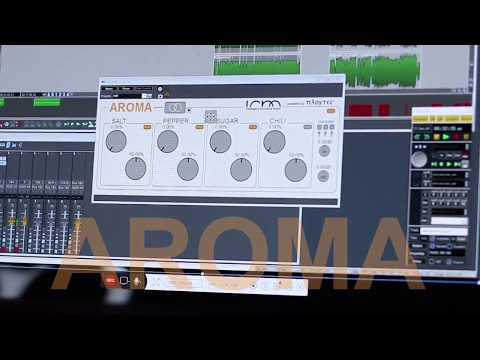
The minimalist GUI is dominated by eight simple knobs, plus some smaller controls on the side. Since the plugin can boost the signal a bit, in and out trim controls are included. Small A/B/C testing switches for comparison purposes are included as well. There’s also a mid-side mode available, which doubles the number of knobs and which proves very useful, especially with Sugar which boosts lower frequencies more – it often makes sense to only apply that to the mid part of the signal.
CPU use is very low – around 2-3% per plugin instance – making it feasible to use Aroma not only in a mastering chain but also on individual tracks. Generally, use on a single channel wouldn’t be very useful because having everything saturated together is important for a mix to sound coherent, but I’ve found that it can be quite effective to use heavier settings on a lead vocal or vocal bus, for a gritty saturated vocal track. Aroma can also be used to add a bit of saturation to buses with, for example, Chili on everything but with lower flavor settings on the bass bus, higher on the drum bus, and intermediate on the other instruments and vocals. It does not do the kind of very airy, artificial digital sheen that vocalists seem to like, however, so it’s not going to be the only saturation plugin you’ll ever need. It might be able to cover all your analog-style saturation needs, though.
Let’s Get Cooking
I’m pretty cynical about analog magic and wary of placebo effects, but there’s no denying that Aroma excels at adding a touch of analog-style saturation which makes tracks sound finished and just plain pleasant. The bottom line is that it’s not going to radically transform tracks, but it’s very easy to make things sound subtly better than they did without Aroma.
More info: Ploytec Aroma (€89)
Ploytec Aroma Review
Aroma isn't going to radically transform tracks, but it makes it very easy to make things sound subtly better than they did without it.
-
Features8
-
Workflow9
-
Performance10
-
Design9
-
Sound10
-
Pricing7

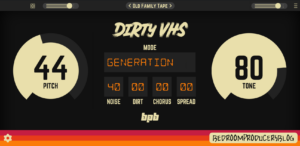
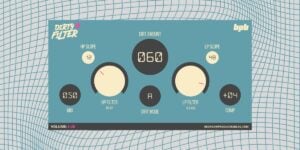
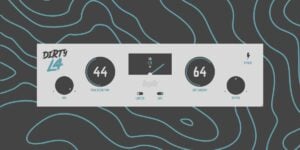
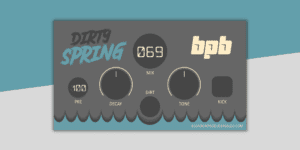
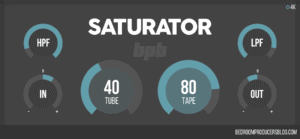

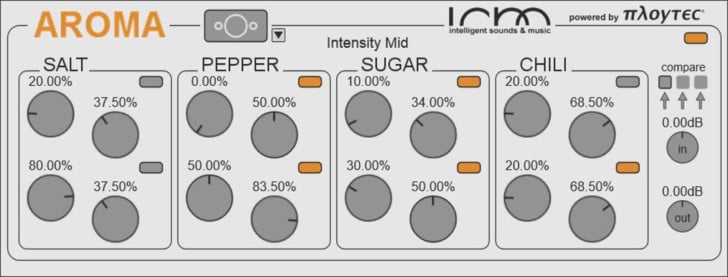
1 Comment
Erin Burke
onNope.